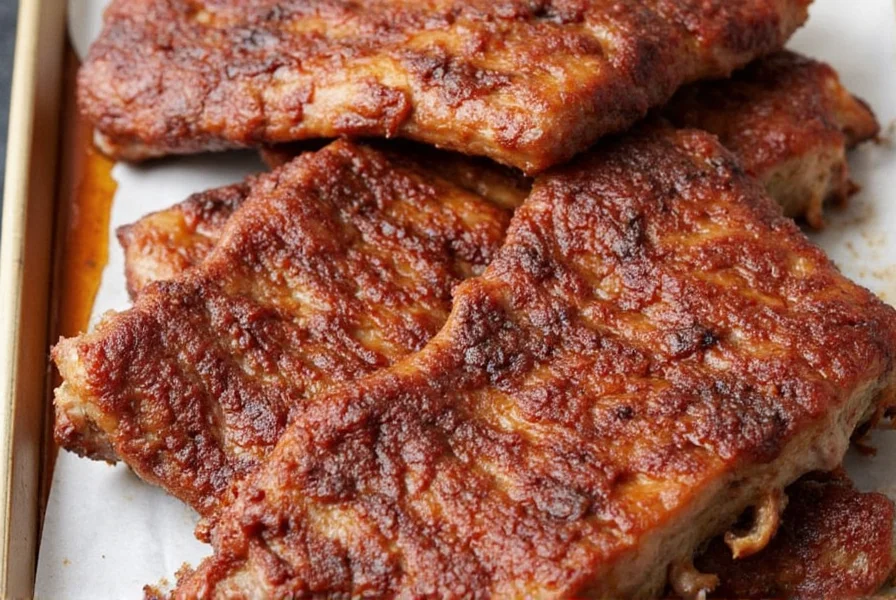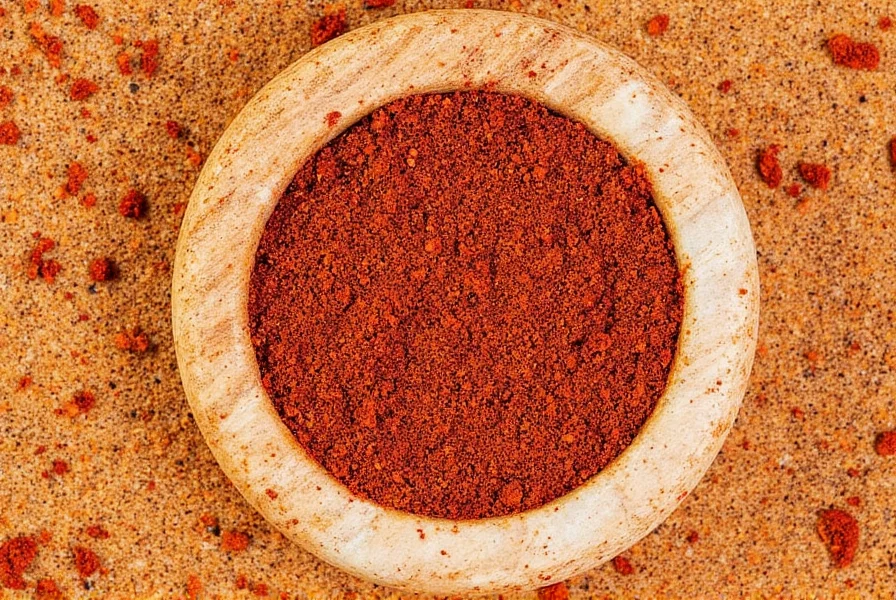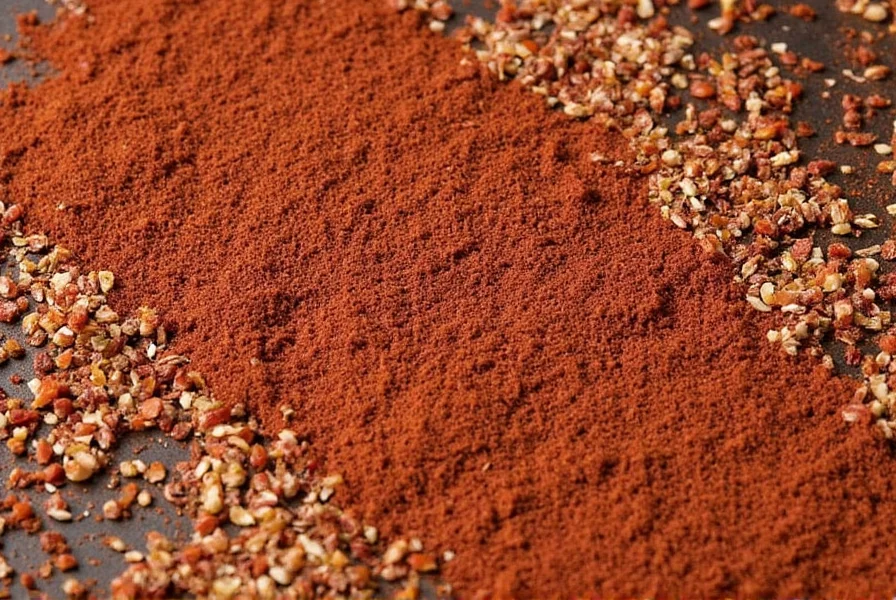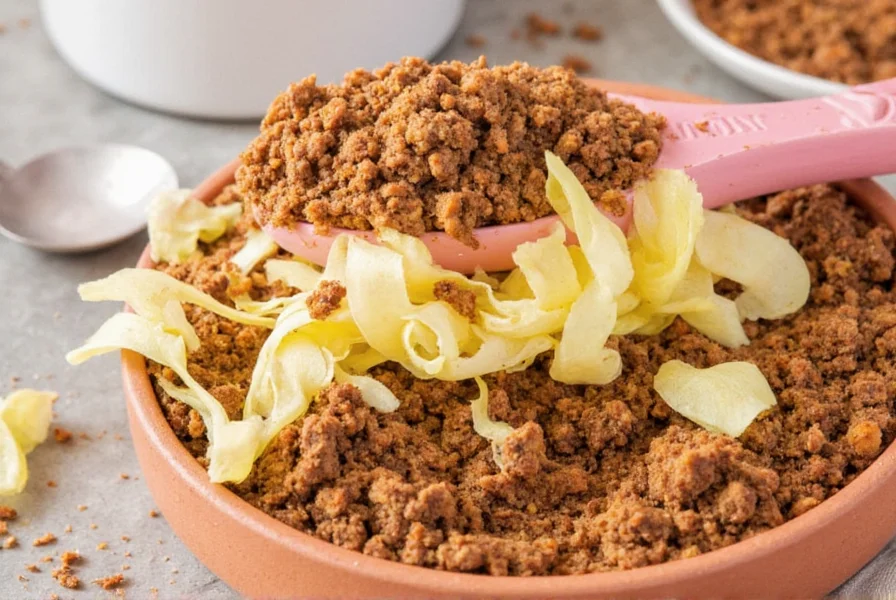Introduction: How to Make a Dry Rub
A dry rub is a simple blend of spices that transforms proteins and vegetables into flavorful masterpieces. Unlike marinades, dry rubs create a delicious crust through direct application and minimal prep time. This guide covers everything you need to know to make the perfect dry rub for any dish.
Step-by-Step Guide to Making a Dry Rub
- Determine the protein or vegetable: Different ingredients require different flavor profiles (e.g., ribs need sweet and smoky, chicken needs citrusy herbs).
- Balance the flavor profile: Aim for sweet, salty, spicy, earthy, and aromatic notes. Use the 4:1 spice-to-salt ratio for perfect seasoning.
- Start with salt as the base: Use 1 tablespoon of kosher salt per pound of meat as your foundation.
- Add sweetness: Brown sugar (1-2 tbsp per cup of spices) enhances browning and balances heat.
- Incorporate aromatics: Garlic and onion powders (1-2 tsp each) add savory depth.
- Choose heat sources: Cayenne, chili powder, or smoked paprika for controlled spice levels.
- Build complexity: Add spices like cumin, coriander, or mustard powder for layered flavor.
- Mix thoroughly: Combine all ingredients in a bowl, then store in an airtight container away from light and moisture.
| Rub Type | Main Ingredients | Ideal Use |
|---|---|---|
| Sweet BBQ Rub | Brown sugar, paprika, garlic powder, chili powder | Pulled pork, ribs |
| Smoky Southwestern Rub | Smoked paprika, cumin, chipotle, oregano | Beef brisket, grilled chicken |
| Cajun Heat Rub | Cayenne, garlic, onion, thyme, black pepper | Grilled shrimp, sausage |
| Mediterranean Herb Rub | Oregano, rosemary, thyme, lemon zest, salt | Lamb chops, roasted vegetables |
| Korean-Style Rub | Gojuchang, sesame, ginger, garlic, brown sugar | Grilled pork belly, chicken wings |
Spice Rack Essentials for Your Dry Rub Kit
- Salt (kosher or sea salt preferred)
- Black pepper (freshly ground for better flavor)
- Paprika (smoked if possible)
- Brown sugar (adds sweetness and helps with bark formation)
- Garlic powder (never granulated—too strong!)
- Onion powder
- Cayenne/chili powder (for heat)
- Cumin (especially for Mexican or Southwest flavors)
- Dried herbs like oregano, thyme, rosemary

5 Signature Dry Rub Recipes to Try at Home
1. Classic BBQ Dry Rub
- 2 tbsp brown sugar
- 1 tbsp smoked paprika
- 1 tbsp kosher salt
- 1 tsp garlic powder
- 1 tsp onion powder
- ½ tsp black pepper
- ½ tsp chili powder
Perfect for ribs, pork shoulder, or even tofu!
2. Smoky Cajun Dry Rub
- 1 tbsp paprika
- 1 tsp smoked paprika
- 1 tsp garlic powder
- 1 tsp onion powder
- 1 tsp cayenne
- 1 tsp oregano
- 1 tsp thyme
- 1 tsp salt
Use on seafood, steak, or grilled veggies for that New Orleans flair.
3. Citrus-Herb Chicken Dry Rub
- 1 tbsp dried rosemary
- 1 tbsp dried thyme
- 1 tsp lemon zest (dried or fresh)
- 1 tsp garlic powder
- 1 tsp salt
- ½ tsp black pepper
Great for grilled chicken or roast chicken thighs.
4. Korean Gochujang Pork Dry Rub
- 1 tbsp gochujang (Korean chili paste)
- 1 tsp sesame seeds
- 1 tsp brown sugar
- ½ tsp garlic powder
- ½ tsp grated ginger
- ½ tsp soy sauce powder (optional)
Apply to pork belly or short ribs before searing or grilling.
5. Mediterranean Lamb Dry Rub
- 1 tbsp oregano
- 1 tbsp rosemary
- 1 tsp garlic powder
- 1 tsp lemon zest
- 1 tsp salt
- ½ tsp black pepper
- ½ tsp cumin
Ideal for lamb chops, skewers, or leg of lamb.

Buying Guide: Best Dry Rub Ingredients & Kits
| Product Name | Key Features | Best For | Price Range |
|---|---|---|---|
| McCormick Grill Mates BBQ Rub Variety Pack | Variety of classic American rubs, no fillers | Weeknight grilling, beginner cooks | $8–$12 |
| The Spice Hunter Organic Rub Sampler | Organic, gluten-free, small-batch spices | Health-conscious foodies, organic lovers | $15–$20 |
| Badia All-Purpose Seasoning Blend | Hispanic-inspired, versatile, affordable | Tacos, beans, stews, rice | $4–$6 |
| Carolina Style Pig Picking Rub by Meat Church | Designed for low-and-slow pork dishes | Pitmasters, competition BBQ enthusiasts | $10–$15 |
| Spiceology Custom Rub Blending Kit | All-in-one kit with containers and blending guide | Hobbyists, home chefs, DIY spice lovers | $25–$30 |

Frequently Asked Questions About Dry Rubs
Can I use a dry rub on vegetables?
Absolutely! Vegetables like eggplant, zucchini, portobello mushrooms, and cauliflower take well to robust dry rubs. Just avoid over-seasoning delicate greens. Pro tip: For vegetables, reduce the salt content by 25% compared to meat rubs to prevent over-salting.
How long should I leave the dry rub on the meat before cooking?
For best results, let the dry rub sit on the meat for at least 30 minutes. Overnight marination works wonders for deeper flavor penetration, but there's a secret: the first 2 hours are when most flavor transfer happens, with diminishing returns after that. For thick cuts like brisket, 12-24 hours is ideal.
Do I need to oil the meat before applying a dry rub?
Yes! A thin coat of oil (like olive or avocado oil) helps the dry rub stick and aids in forming a delicious crust during cooking. Professional secret: Using a neutral oil with high smoke point like avocado oil works better than olive oil for high-heat grilling as it won't burn.
What's the ideal salt-to-spice ratio when making a dry rub?
The professional standard is a 4:1 ratio of spices to salt by volume. For example, for every 4 tablespoons of spice blend, use 1 tablespoon of salt. This ratio ensures proper seasoning without overpowering the other flavors. Remember: you can always add more salt later, but you can't take it out!
Can I make a dry rub without sugar?
Absolutely! While sugar helps with bark formation and caramelization, it's not essential. For sugar-free dry rubs, increase smoked paprika by 25% and add a touch of mushroom powder for umami depth. This is perfect for keto or low-sugar diets while still creating that desirable crust.
Can I reuse leftover dry rub?
Only if it hasn't been in contact with raw meat. Store unused dry rub in an airtight container for up to 6 months. Pro tip: Write the date on your container - most spices lose potency after 3-4 months, even when stored properly.
What's the biggest mistake people make when applying dry rubs?
Overpacking the dry rub! Many home cooks press too hard when applying, which prevents proper bark formation. The secret: gently press the dry rub into the meat with your fingertips, using a 'salting motion' rather than rubbing vigorously. You want an even, single layer that doesn't clump.
Is there a difference between a dry rub and a marinade?
Yes! Dry rubs are dry mixes of spices applied directly to the surface, while marinades contain liquids to tenderize. Here's a chef's secret: for maximum flavor, use both! Apply a dry rub first, let it sit 30 minutes, then add a light marinade for proteins that benefit from tenderizing.
How much dry rub should I use per pound of meat?
The golden rule is 1 tablespoon of dry rub per pound of meat. For competition BBQ, pitmasters often use 1.5 tablespoons per pound. Remember: it's better to start with less - you can always add more during cooking, but too much dry rub creates a harsh, overwhelming flavor.
Conclusion: Perfect Your Dry Rub Game
Mastering dry rubs is about understanding flavor balance and technique—not just mixing spices. Whether you're a beginner or seasoned cook, customizing your own dry rubs will transform your meals from ordinary to extraordinary.
Grab your spice jars, experiment with bold combinations, and remember: great flavor starts with the right dry rub. Now go rub it in and enjoy every bite!











 浙公网安备
33010002000092号
浙公网安备
33010002000092号 浙B2-20120091-4
浙B2-20120091-4